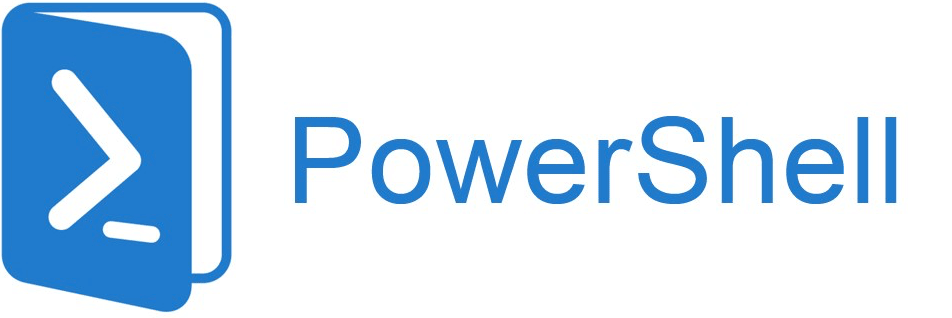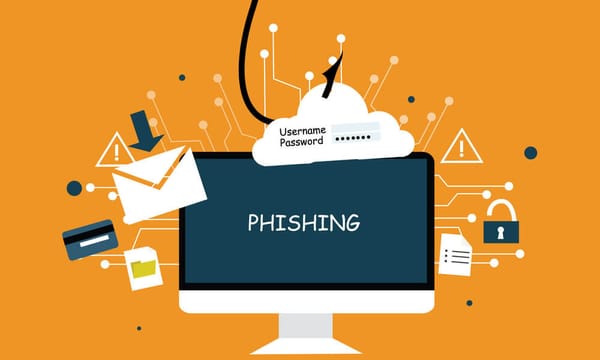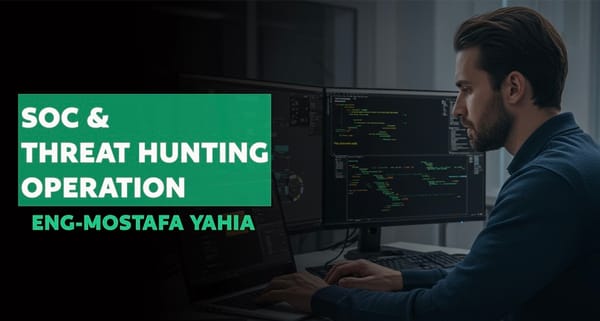Threat Hunting of Malicious PowerShell Activities in Windows

Introduction
As the digital world expands, so does the landscape of cyber threats. In this ever-evolving field, one of the most prominent threats in recent years has been the malicious use of PowerShell activities in a Windows environment. Understanding and mitigating these threats is a crucial aspect of maintaining robust cybersecurity. This article aims to deliver a comprehensive guide on threat hunting for malicious PowerShell activities in a Windows environment, a topic of growing importance in cybersecurity.
PowerShell, a task automation and configuration management framework from Microsoft, has become a popular tool among system administrators for its versatility and power. However, these advantages also make it an attractive target for cyber threat actors. In this guide, we delve into the technical intricacies of PowerShell and how malicious activities can be identified, tracked, and mitigated.
As an Active Directory Forest Trusts Cross-Forest Privilege Escalation Techniques practitioner, you would know the importance of threat hunting in today's cybersecurity landscape. So, let's dive in.
Technical Background
PowerShell: Origin and Evolution
PowerShell was introduced by Microsoft in 2006 as a more powerful alternative to the command prompt. It is built on the .NET Framework and provides full access to COM and WMI, enabling administrators to perform administrative tasks on both local and remote Windows systems.
However, its powerful capabilities also caught the attention of threat actors, who found that they could use PowerShell for executing malicious scripts and evade detection by traditional antivirus solutions. This led to an increase in PowerShell-related cyber threats over the years, which is why threat hunting for these activities has become a critical aspect of cybersecurity today.
Underlying Technical Mechanisms
PowerShell is an object-oriented scripting language that operates via cmdlets (lightweight commands) and scripts. It can interact with Windows APIs and other system components, making it a potent tool for threat actors who can leverage its functionalities for malicious activities. These can range from executing remote commands, downloading and running malicious scripts, to even carrying out lateral movement within a network.
To understand how threat hunting works, it's essential to grasp how PowerShell can be used maliciously. Here, the MITRE ATT&CK Framework can be a helpful resource.
Practical Implementation
Threat hunting for malicious PowerShell activities is not a straightforward process. It involves several steps from setting up the right environment to analysing log files.
Setting Up a Hunting Environment
The first step is to set up an environment where PowerShell activities can be monitored. This involves enabling PowerShell logging features such as module logging, script block logging, and transcription. The Windows Event Log, Sysmon, or third-party tools can be used to collect these logs.
Analysing Log Files
Once the logs are collected, the next step is the analysis. This involves looking for anomalies and signs of malicious activities such as encoded commands, unusual script lengths, or scripts that use known malicious cmdlets.
Here's a simple example of what a malicious PowerShell command might look like:




